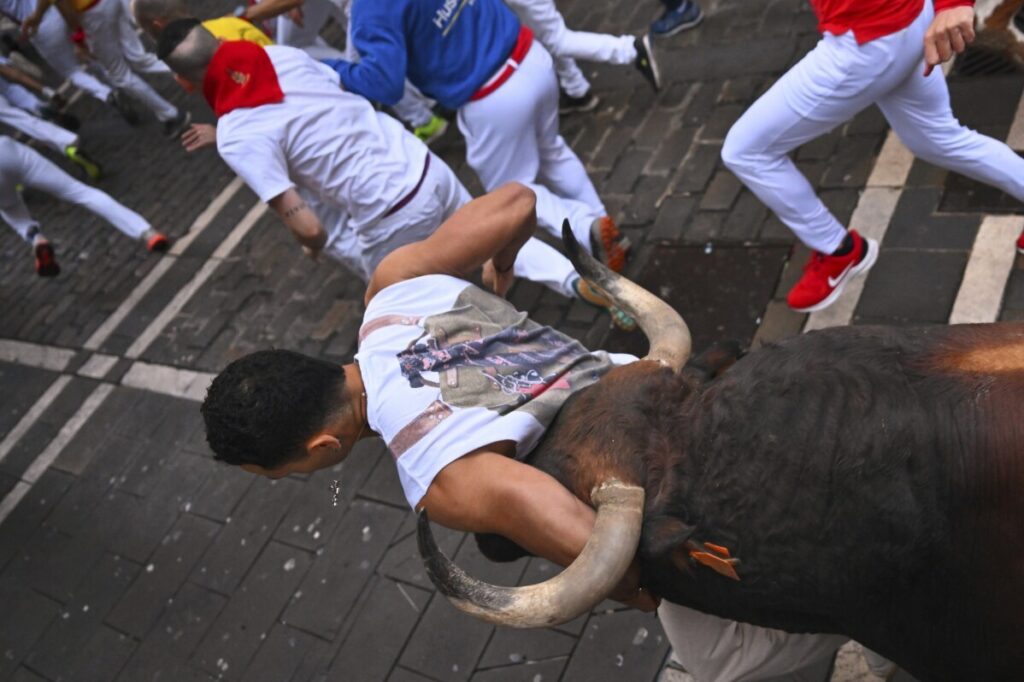San Fermín’s Bull-Running Festival: Tradition or Reckless Endangerment?
As thousands risk life and limb in Spain’s San Fermín bull runs, we must ask—does this centuries-old tradition serve public interest or glorify needless danger? We examine the harsh realities behind the festive facade.

Each year, as the sun rises over Pamplona, Spain, tens of thousands gather to partake in what has become a globally infamous spectacle: the San Fermín bull-running festival. This nine-day event features running alongside six charging bulls down narrow, cobblestone streets—a dangerous ritual celebrated by many but questioned by those concerned with public safety and common sense.
Is Reckless Celebration Worth the Human Cost?
The images from this year’s festival are as thrilling as ever—participants sprinting frantically, medical teams rushing to aid the injured, and bulls thunderously charging toward the arena. But beyond the adrenaline and tradition lies a sobering reality often glossed over by sensational media coverage. Injuries are frequent and sometimes life-threatening; runners are gored or trampled, hospitalizations are routine, and not every injury is portrayed in celebratory stories.
Why do thousands willingly subject themselves to such perils? For some, it’s a cultural rite; for others, an adrenaline junkie’s dream. Yet from an “America First” standpoint—that prioritizes personal security and national wellbeing—this raises critical questions about how societies glamorize risk at great human cost. Would Americans accept such reckless endangerment glorified on their streets under any pretense?
When Tradition Clashes With National Values
The San Fermín festival also plays host to controversial bullfights that have sparked protests amid growing ethical concerns. Animal rights activists paint vivid pictures demanding an end to what they call cruel practices. Though different from American values rooted deeply in freedom and respect for all life—including wildlife stewardship—this debate highlights how globalist traditions may conflict with principles of liberty and responsibility.
Moreover, as Washington debates ensuring safe public events and protecting citizens’ wellbeing daily, it is instructive to contrast this with foreign spectacles where authorities tolerate preventable harm in the guise of culture. What lessons does America draw when other nations prioritize outdated customs over citizen safety? How long will we allow bureaucratic inertia to leave our own communities vulnerable?
Ultimately, while San Fermín captivates worldwide audiences with its thrills and pageantry, we must critically assess if celebrating such hazardous customs aligns with true freedom—the freedom to live without unnecessary risk imposed by tradition or spectacle.
As patriotic Americans committed to national sovereignty and individual liberty, our focus remains clear: protect citizens first while respecting cultural diversity responsibly. That balance demands scrutiny of any practice putting lives in jeopardy for entertainment’s sake.
